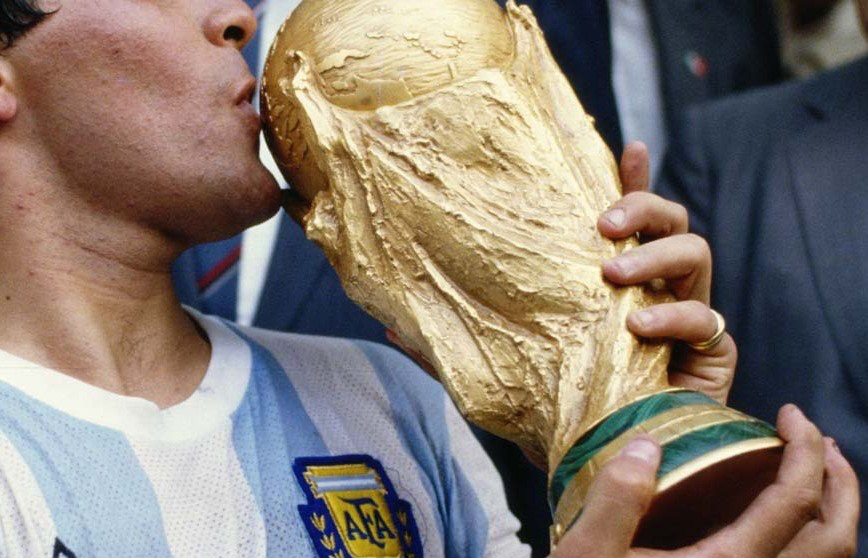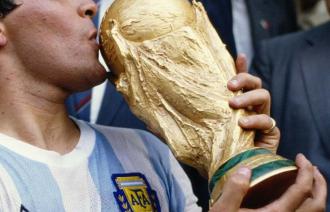
Came in my pants
There was a guy who was struggling to decide what to wear to go to a fancy costume party... Then he had a bright idea.
When the host answered the door, he found the guy standing there with no shirt and no socks on.
"What the hell are you supposed to be?" asked the host.
"A premature ejaculation," said the man. "I just came in my pants!"

